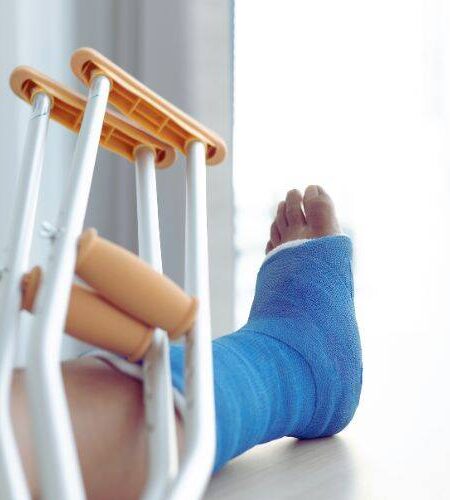Recovery from an injury or surgery can be a challenging journey, but the choice of mobility aid plays a crucial role in expediting the process. This article delves into the multifaceted advantages of opting for a single crutch during the recovery period, providing valuable insights and practical tips.
Benefits of Using a Single Crutch during Recovery
Enhanced Stability and Support
Reclaiming stability during recovery is paramount, and a single crutch proves instrumental in providing the necessary support. The focused assistance to one side allows for a more balanced and controlled movement, reducing the risk of accidents.
Improved Mobility and Flexibility
One of the standout benefits of choosing a single crutch is the enhanced mobility it offers. Unlike traditional crutches, the single crutch allows for more natural movements, facilitating a smoother transition during the recovery phase. This freedom is vital for maintaining an active lifestyle while ensuring a safe healing process.
Alleviation of Strain on Healthy Limbs
Traditional crutches often lead to unintended strain on the healthy limbs, causing additional discomfort. In contrast, the single crutch helps distribute weight more evenly, preventing the overuse of the unaffected limb and fostering a more balanced recovery.
Increased Independence and Confidence
Independence is a precious aspect of the recovery journey, and a single crutch empowers individuals by enabling them to navigate their surroundings with greater autonomy. This newfound independence, coupled with enhanced stability, boosts confidence and contributes positively to the overall rehabilitation experience.
Ergonomic Design for Comfort
Choosing a single crutch means embracing a more ergonomic design, ensuring comfort during prolonged use. The adjustable features cater to individual needs, promoting a customized and comfortable experience tailored to the user’s unique requirements.
Benefits of Using a Single Crutch During Recovery: Real Stories
In this section, we share inspiring real stories of individuals who have experienced firsthand the benefits of using a single crutch during their recovery. These personal anecdotes highlight the transformative impact of this mobility aid on their rehabilitation journey.
FAQs About Using a Single Crutch During Recovery
Is using a single crutch suitable for all types of injuries?
Absolutely! A single crutch is versatile and can be adapted to various injuries, providing the necessary support for a wide range of conditions.
How do I choose the right type of single crutch for my recovery?
Selecting the right single crutch depends on factors like height, weight, and the nature of your injury. Consult with a healthcare professional for personalized guidance.
Can using a single crutch speed up the recovery process?
While individual results may vary, the enhanced stability and support provided by a single crutch can contribute to a more efficient recovery process.
Are there any potential drawbacks to using a single crutch?
Like any mobility aid, using a single crutch requires proper technique and adjustment. Consulting with a healthcare professional ensures a safe and effective usage.
Can I engage in physical activities while using a single crutch?
Yes, within the limits recommended by your healthcare provider. The increased mobility offered by a single crutch allows for participation in certain physical activities during recovery.
How long should I use a single crutch during my recovery?
The duration of crutch usage varies based on individual recovery progress. Consult with your healthcare provider to determine the optimal duration for your specific case.
Conclusion
In conclusion, the benefits of using a single crutch during recovery extend beyond physical support—they encompass enhanced mobility, independence, and a more comfortable rehabilitation experience. By choosing this tailored approach, individuals can navigate their recovery journey with confidence, knowing they have a reliable and effective ally by their side.
